By Sarhind Times Mumbai Bureau
Mumbai, Sept 30
The monsoon isn’t done with Mumbai yet. Even as the city readies for its post-monsoon transition, the India Meteorological Department (IMD) has sounded a ‘red’ alert for parts of the Mumbai Metropolitan Region (MMR), urging maximum preparedness amid warnings of heavy to very heavy rainfall and potential flooding.
In the latest advisory, Mumbai, Thane, Raigad, and Palghar have been flagged as districts under heightened risk. The call comes after 24-hour rainfall readings showed substantive showers in both the island city and its sprawling suburbs.
🚨 The Red Alert: What It Means
IMD’s “red” warning is the highest in its four-tier system—signifying extremely heavy rainfall likely, with a very high probability of disruption. In Mumbai’s context, this translates into:
- Risk of flash floods in low-lying areas.
- Waterlogging on arterial roads like Sion, King’s Circle, Kurla, and Andheri.
- Suburban rail delays—the city’s lifeline vulnerable to track inundation.
- Flight disruptions at Chhatrapati Shivaji Maharaj International Airport.
Ground Preparedness
The Brihanmumbai Municipal Corporation (BMC) and allied disaster response teams have moved into heightened readiness:
- De-watering pumps pre-deployed at chronic flooding spots.
- Storm-drain desilting squads on 24×7 standby.
- Emergency helplines amplified for citizen complaints.
- Rescue boats and NDRF teams placed in vulnerable coastal belts.
Suburban rail operators issued passenger cautions, asking commuters to allow buffer travel time and avoid non-essential journeys during peak spells.
Impact on Daily Life
- Commuters: Motorists were urged to bypass waterlogging-prone junctions such as Milan Subway, Hindmata, and Andheri Subway.
- Schools & Offices: Several institutions monitored IMD updates closely, considering half-day or online arrangements.
- Fishermen: Coastal advisories warned of choppy seas and strong winds, urging boats to remain anchored.
Urban Resilience and Persistent Woes
Despite annual crores allocated for flood management, Mumbai continues to struggle:
- Desilting challenges: Silt accumulation in drains reduces water-carrying capacity.
- Encroachment over nullahs: Chokes natural drainage.
- High tide coupling: When heavy rain coincides with sea high tide, waterlogging multiplies.
Experts argue that the city’s rapid urbanization has outpaced its drainage infrastructure, making IMD’s alerts more critical each passing year.
Voices From the Ground
“We have learned to keep umbrellas, power banks, and snacks ready on red-alert days. You just never know if you’ll get stuck,” said Shruti Menon, a daily rail commuter from Thane.
“For fishermen, one wrong call during a red alert can cost lives. So we strictly follow the IMD and fisheries advisories,” shared Ramesh Patil, a boat operator from Vasai.
Benefits Amid Chaos
Not all is gloomy. Late-season showers bring vital recharge to Mumbai’s reservoirs—Tansa, Vaitarna, Bhatsa, and Modak Sagar. With combined stock crossing seasonal averages, water cuts for the city are unlikely in the near term.
The Science Behind the Spell
Meteorologists link the current rain surge to a low-pressure system over the Arabian Sea feeding moisture inland. Combined with the post-monsoon trough shift, this results in short, intense rain bursts—difficult to predict but potent enough to paralyze daily life.
Historical Lens
- 2005: Mumbai’s infamous July deluge (944mm in 24 hours) showed how extreme spells can devastate.
- 2017 & 2019: Red-alert days brought city-wide standstills.
- 2021: Sion and Chembur landslides after intense rain killed several residents.
Each event underlines how Mumbai’s geography—sandwiched between the Arabian Sea and the Western Ghats—makes it perpetually vulnerable.
Conclusion
Mumbai remains resilient yet vulnerable. Each red-alert day is a reminder of both the strength of civic preparedness and the fragility of its urban systems. While IMD’s timely warnings save lives, the ultimate solution lies in long-term urban planning—resilient drains, climate-conscious infrastructure, and proactive citizen participation.
For now, the message remains clear: stay indoors if possible, travel only if necessary, and follow official advisories.
#MumbaiRains #IMD #MMR #Monsoon #BMC #TravelAlert #IndiaWeather #FloodWatch #StaySafe #UrbanFlooding











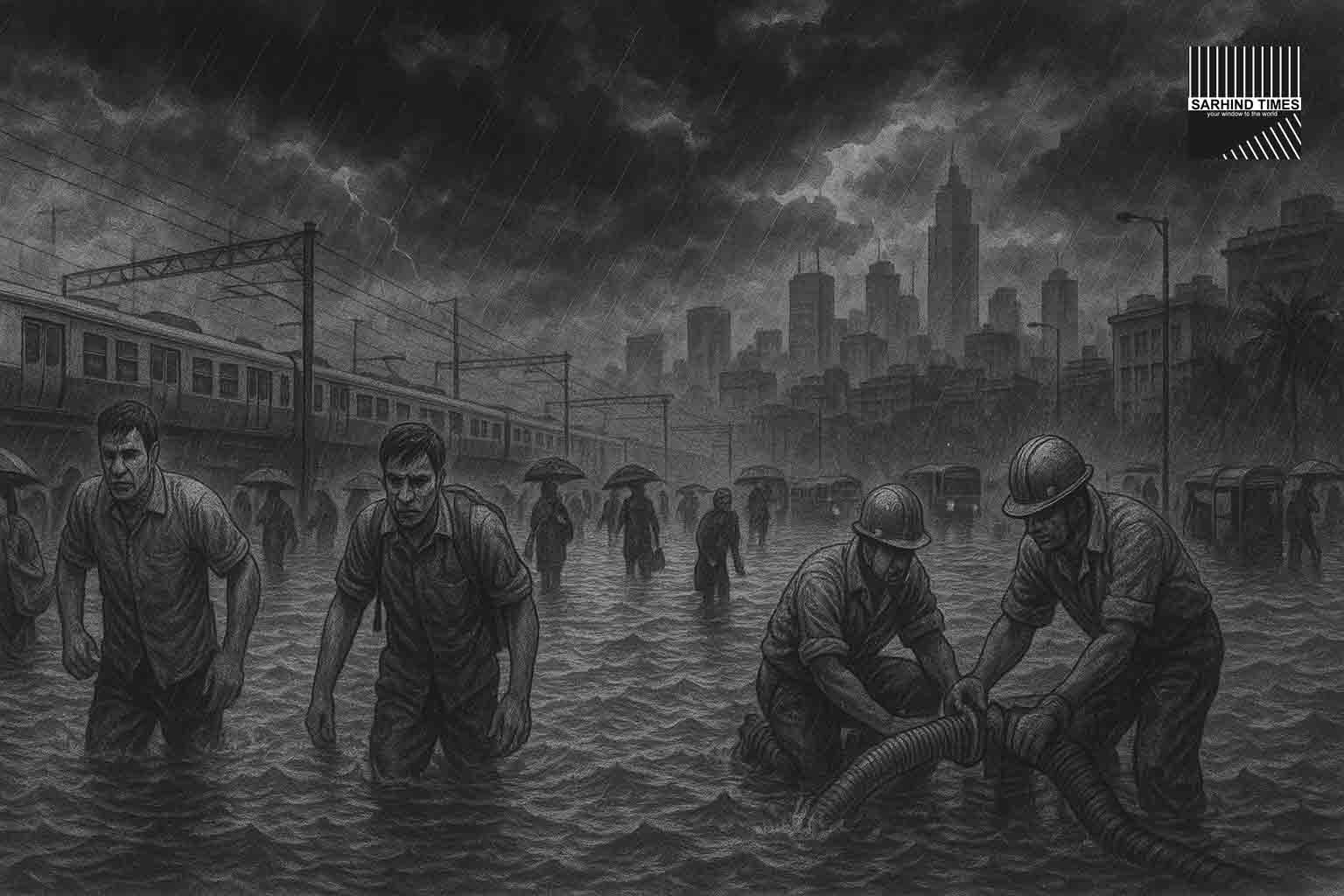
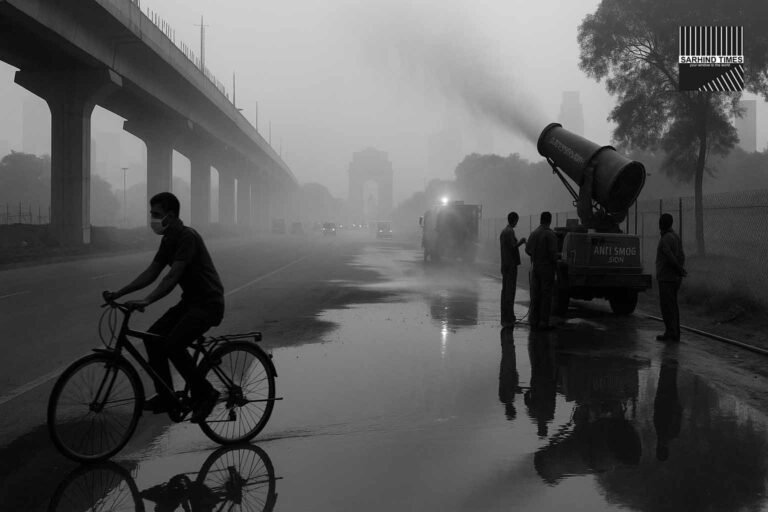
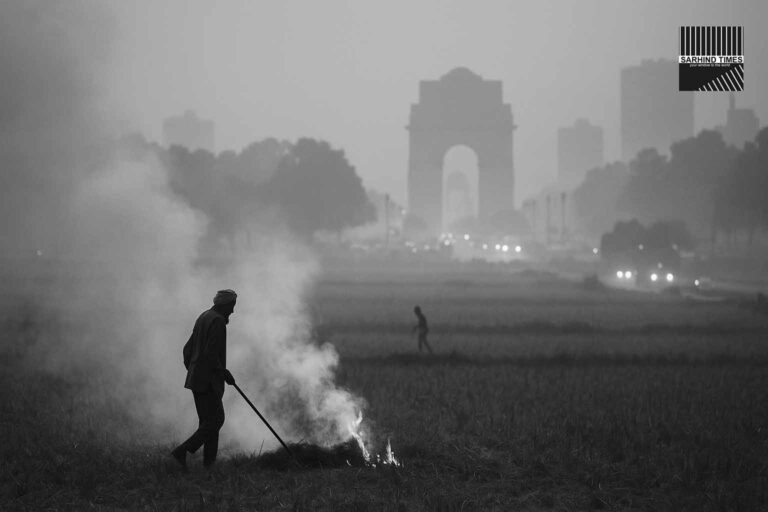
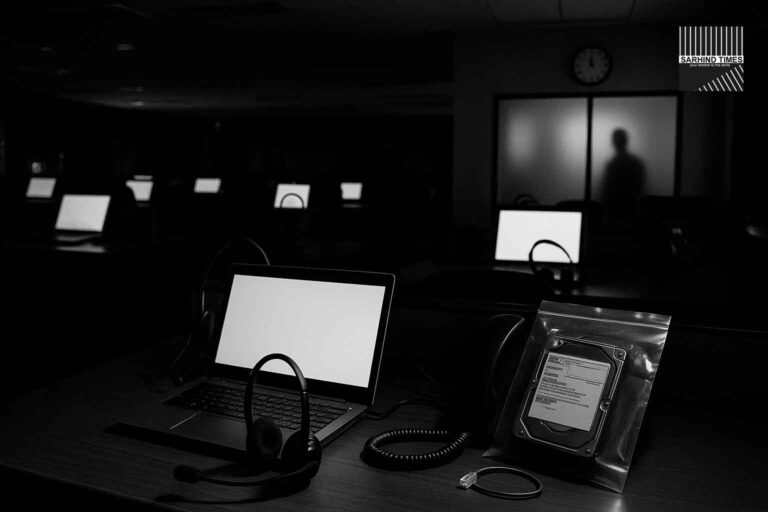



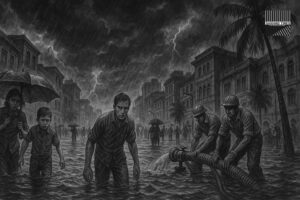






+ There are no comments
Add yours